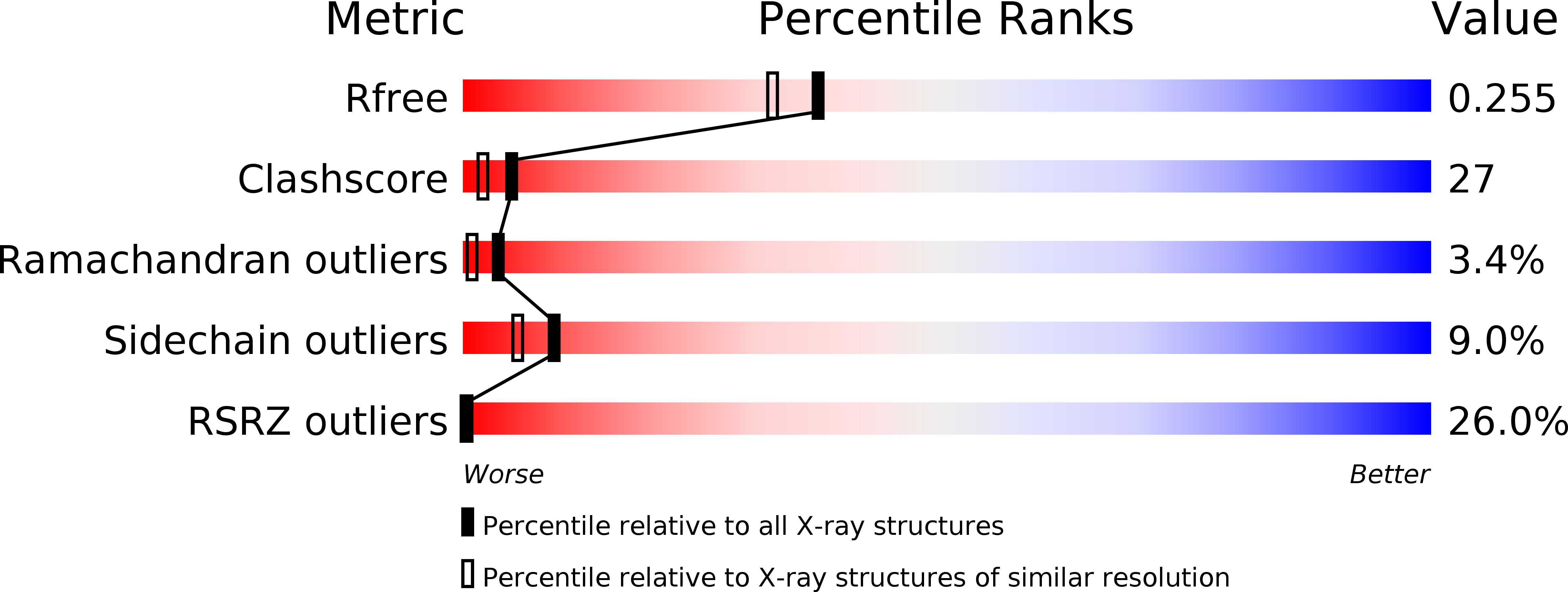
Deposition Date
2005-07-08
Release Date
2006-05-23
Last Version Date
2024-10-30
Entry Detail
PDB ID:
2A8G
Keywords:
Title:
Structure of Avidin in complex with the ligand deoxyguanosine
Biological Source:
Source Organism:
Gallus gallus (Taxon ID: 9031)
Method Details:
Experimental Method:
Resolution:
1.99 Å
R-Value Free:
0.26
R-Value Work:
0.21
R-Value Observed:
0.23
Space Group:
P 21 21 2


